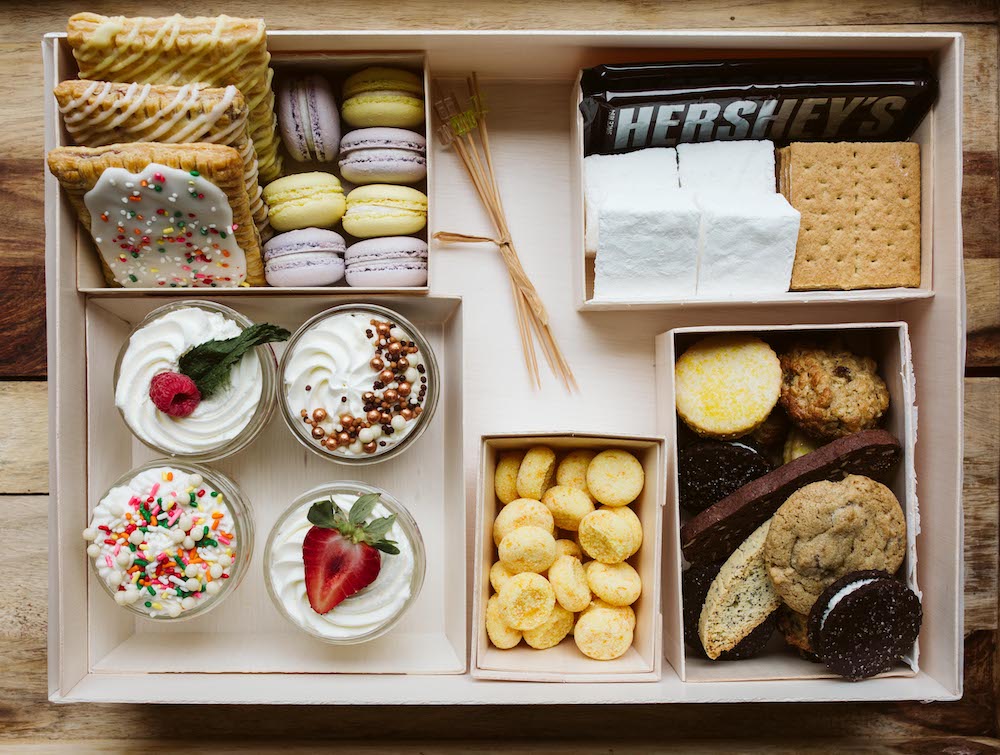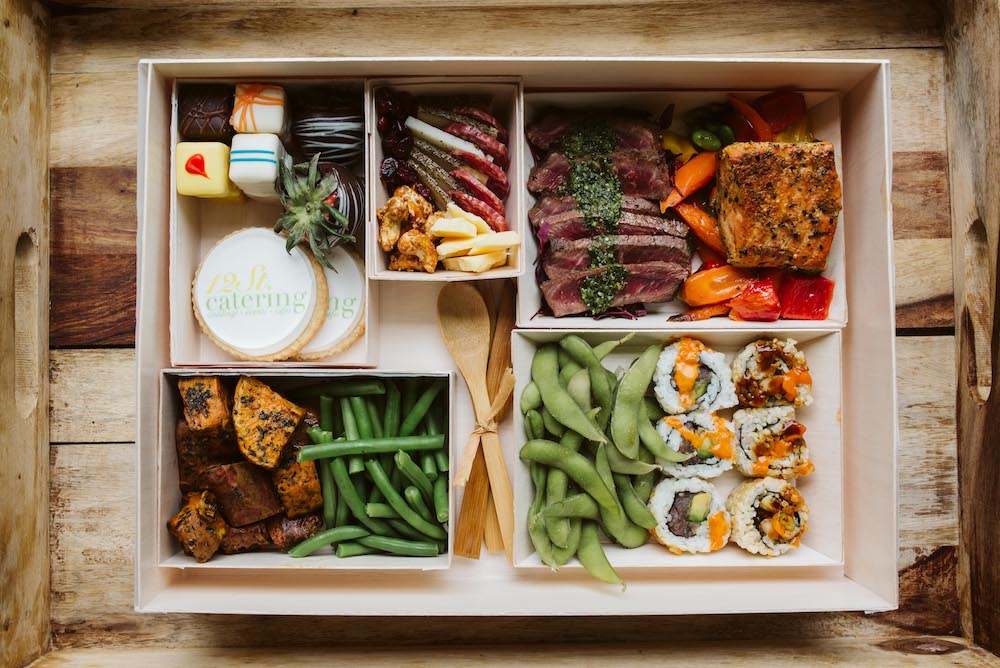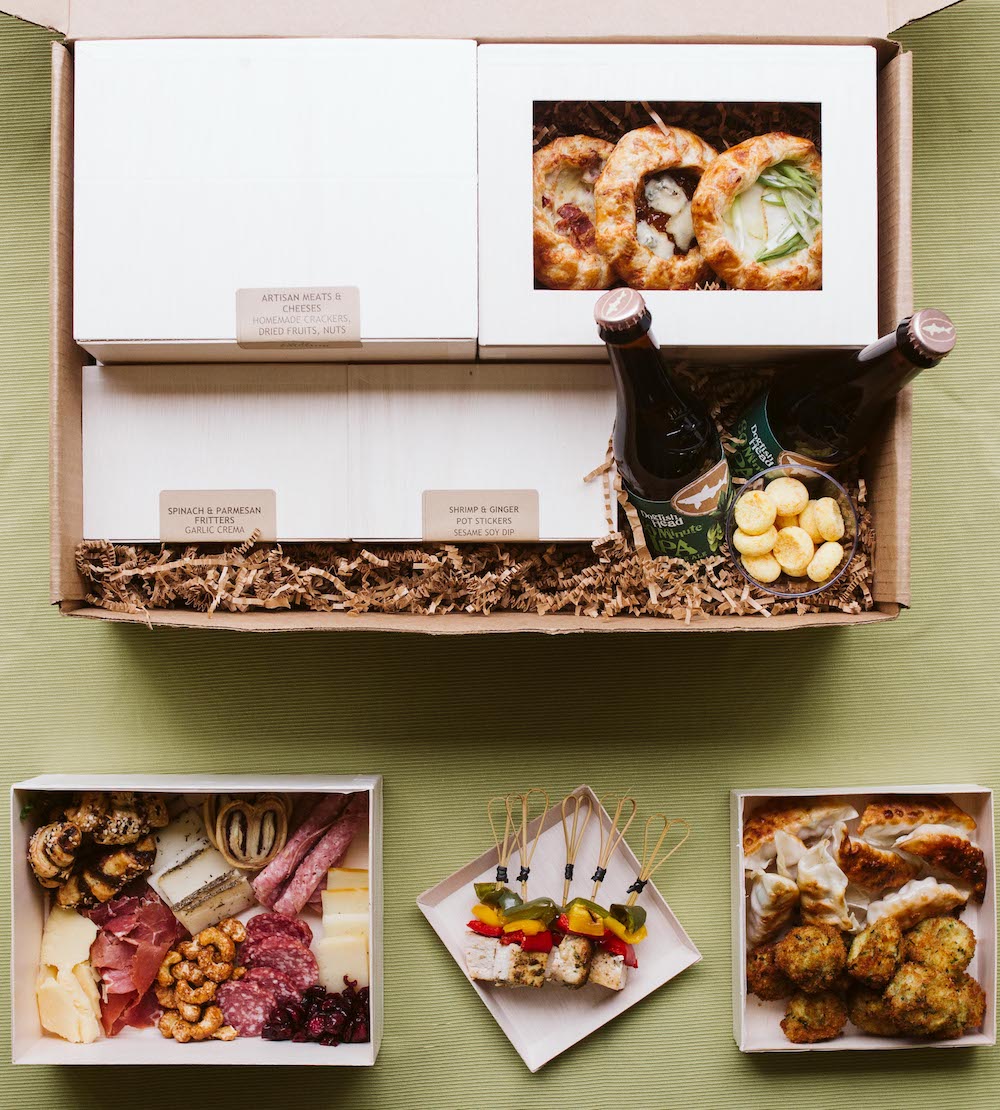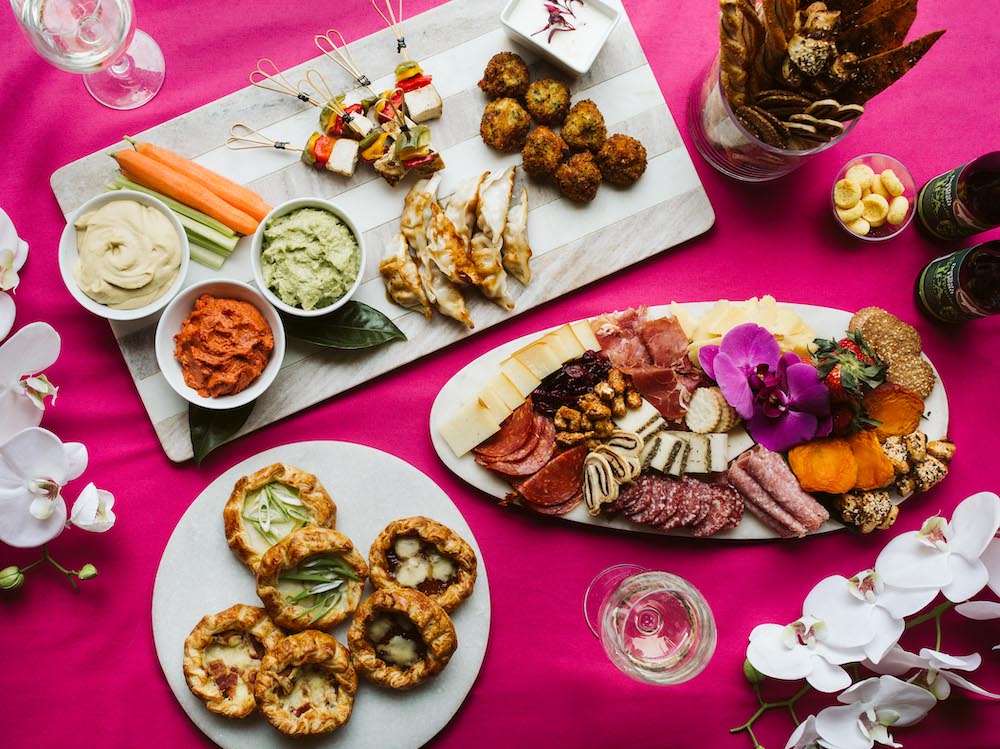
As the coronavirus pandemic continues to curb in-person events, we’re constantly being forced to redefine what it means to gather—in big and small ways. And while intimate dinner parties are OK in most parts of the country (indoor gatherings of less than 10 are typically deemed fine), some folks are still hesitant to venture beyond their safe zone. Plus, long-distance travel remains a risky proportion for many, which makes rounding up far-flung colleagues tricky.
So instead, opt for hosting a virtual dinner party to maintain company camaraderie and boost morale. Plus, as the holiday season approaches, this type of digital gathering offers a laid-back, casual alternative to a formal, in-person soiree. Read on to find out how to throw a virtual dinner party that folks will want to log in for.
Like other virtual meetings and events, first, you’ll need to select the most appropriate tech platform for hosting your party. Because this is a relaxed get-together and not an all-hands meeting, you won’t need a super robust platform. Think FaceTime, Google Hangouts, Zoom, Houseparty, or Skype. Plus, you’ll want to keep the invite list small enough to allow everyone to be seen and heard, so consider hosting parties for specific teams or groups within the larger organization. That means standard, easily accessible platforms should suffice. But remember that the free version of Zoom has a 40-minute time limit, so you may need to upgrade to the paid service in order to host a proper party, and Houseparty only allows for up to eight people to join a video chat.
If you choose to go the D.I.Y. route, be sure to select dishes (perhaps based on a specific cuisine) that are simple to make with ingredients that are easy to find or are pantry and freezer staples and that don’t require specialty kitchen equipment. Remember to send the recipes to the guests well before the event, so they have time to shop and prepare the meal. To make it even easier, order meal kits, which come with pre-portioned ingredients and recipes, through a service such as HelloFresh. Or simply arrange for food delivery from a local restaurant or catering company to mimic the feel of a real dinner party and not a work assignment. For example, Philadelphia-based 12th Street Catering offers “Celebration Boxes” including a Dinner Box ($60 per person) that contains a multi-course feast with starters, main, sides, and dessert.




One of the advantages of hosting a dinner party virtually is that you don’t have to clean the bathroom for your guests. But because you’re “gathering apart” around a digital dining table creating a shared sense of space can be difficult. I mean, where do you put the centerpiece? As we suggested for virtual cocktail parties, you can pick a theme for your virtual dinner party such as “worksgiving” and ask folks to bust out their own festive decorations and tableware for the occasion, or at least download a sazzy virtual background. You could also arrange for flower or plant deliveries to coincide with the party for instant decor. Plus, encourage guests to dine wherever they want in their homes like an outdoor patio or even in the living room with trays on the coffee table.


Like a real-life dinner party, you can allow conversation to flow naturally, but one of the downsides to digital is that it’s harder for “tablemates” to chat among themselves. So it might be helpful to incorporate activities such as icebreakers or virtual games to keep the party moving. The Houseparty app offers built-in games, like trivia, Quick Draw (a virtual version of Pictionary), and Chips and Guac! (a word association game), that make it easy to inject some fun into a ho-hum dinner. You can also book a virtual act like a magician. Although that type of entertainment might best be suited for more “corporate” functions like conferences.
Just because you’re not sitting around the same table doesn’t mean a virtual dinner party has to be less lively or enjoyable for you and your guests. Plus, there isn’t a sink full of dirty dishes at the end of the night.